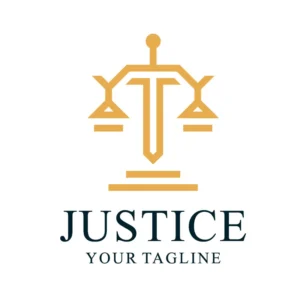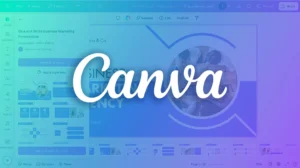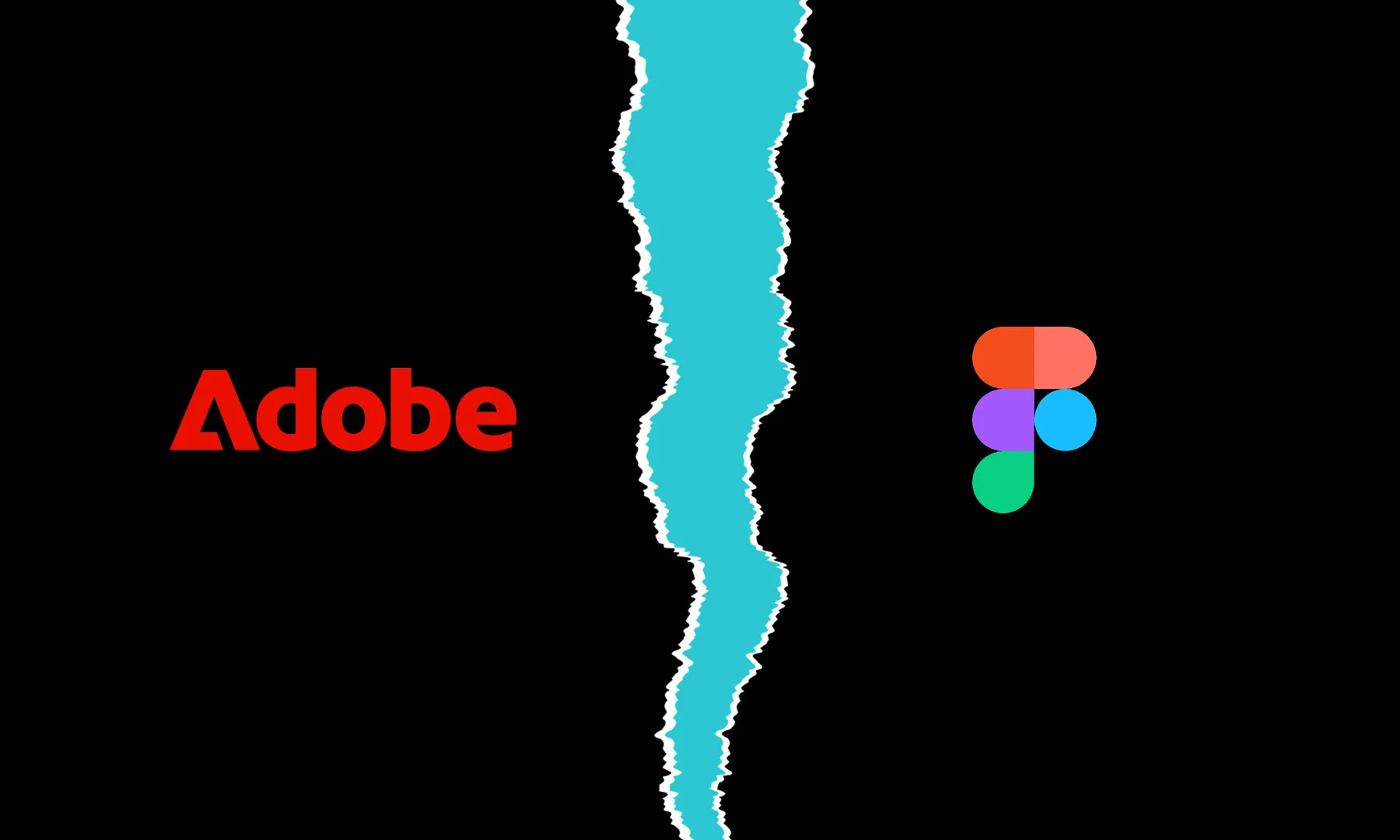The purpose of any Logo Design is to convey some message to the viewer in a way that sticks in their mind. A company’s identity reflects in its logo. Here are five tried-and-true methods for creating a logo that can last for years.
Principles of Logo Design
Versatile
You can use a versatile brand logo in various sizes and color palettes. Any marketing materials, from pens to digital marketing, should be able to feature your logo. This massive physical expansion is a striking example of the importance of a consistent brand’s ability to translate across several touchpoints.
Memorable
A logo should be effective, and it needs to stick in people’s minds. Making a logo overly reduces its effectiveness in making a lasting impression on creative customers. Most people won’t give your logo more than a few seconds of their attention. Don’t complicate things.
Appropriate
A logo must be functional if it is to be considered professional. The logo ought to be suitable for the target market. For instance, a toy store logo could be bright and whimsical, but a logo for a legal office would need to be more serious and professional.


Originality
Your logo must stand out from the crowd and be distinct enough to stay in people’s minds.
The creative concept behind a logo should be just as original as the logo itself. Here’s where a logo designer’s artistic sensibilities meet their superior conceptual insight and an understanding of what consumers want. With these things in mind, a talented graphic designer can develop a one-of-a-kind solution to your logo needs.
A Logo Should Have Eternal Appeal
Redesigning a logo too frequently is counterproductive. If you do this, clients will likely become discouraged and lose faith in your brand. So, If you want your logo to last and not look old when a given trend dies out, a classic design is a way to go. And if you hire a creative logo maker, you can make a logo that will stand the test of time.
Proportion and Balance
To the human eye, a harmonious mixture is aesthetically pleasing. The various parts of your logo should complement one another for a unified whole. The proportion of your logo is how evenly distributed the various parts are. Logically speaking, proper proportions will help your logo read smoothly and cohesively.
The balanced logo has features on either side of a central line of equal importance. Contrarily, it can also balance asymmetrical logos by employing contrasting weights to produce an unbalanced but stable composition.
Scalability
You can use “scalable” brand logos to reproduce anything from small business cards to giant posters without losing their meaning, aesthetic appeal, or legibility. Having a logo that is difficult to scale down to a small size is an unfortunate consequence of including too much information in the design.
You can ask your designer to use vector graphics while making your logo so it can be enlarged without losing quality. Your logo will retain its crispness even when enlarged, thanks to the scalability of vector graphics.
Conclusion
Brand images developed by businesses should aim to catch the attention of their intended audience. A logo is an essential part of this overall brand concept. As a result, a strong brand identity created by a cool logo is invaluable. So, every logo design project needs to be streamlined to guarantee that the final logo supplied is engaging and powerful.









